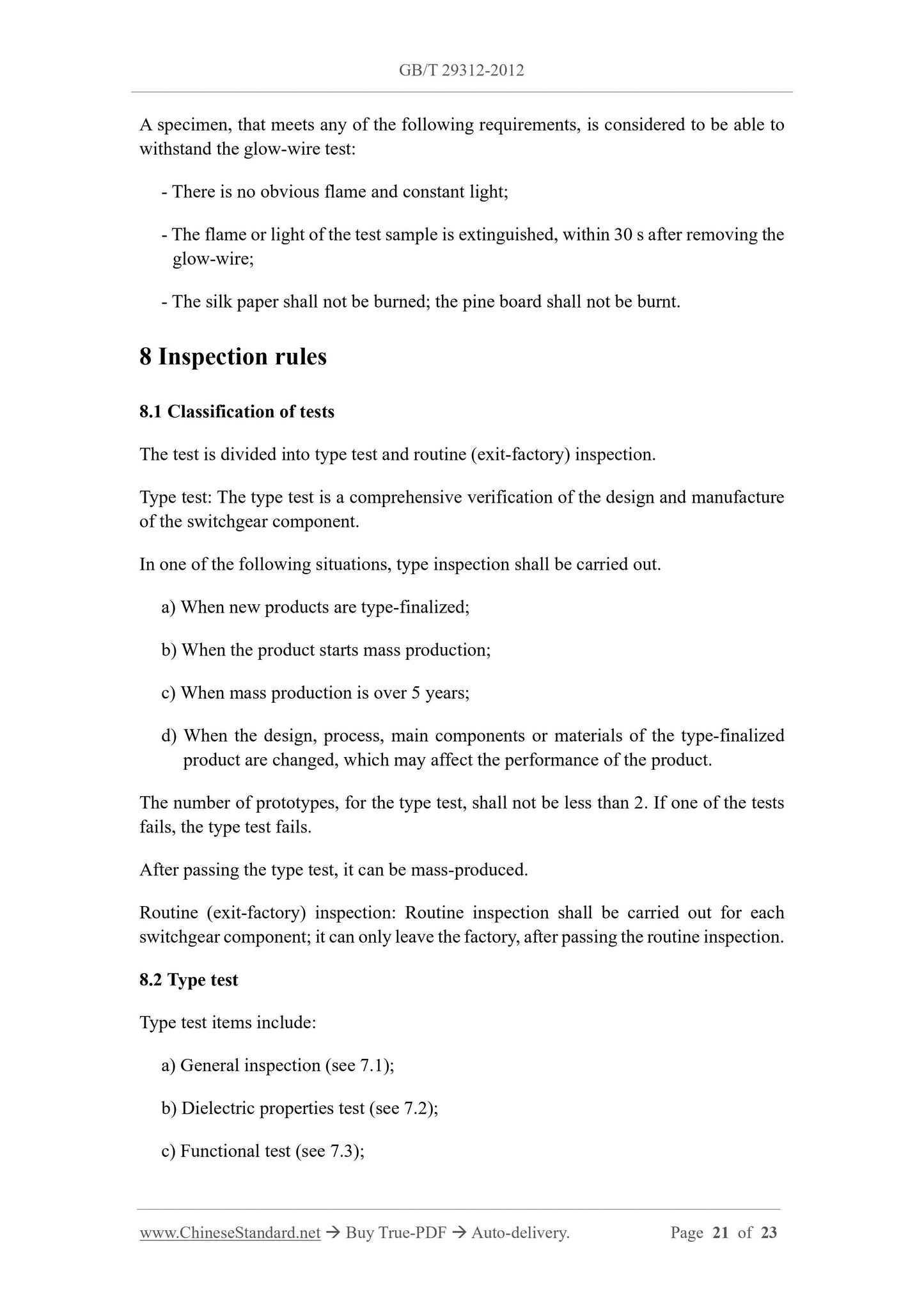1
/
of
12
www.ChineseStandard.us -- Field Test Asia Pte. Ltd.
GB/T 29312-2012 English PDF (GB/T29312-2012)
GB/T 29312-2012 English PDF (GB/T29312-2012)
Regular price
$175.00
Regular price
Sale price
$175.00
Unit price
/
per
Shipping calculated at checkout.
Couldn't load pickup availability
GB/T 29312-2012: Low-voltage reactive power compensation switchgear component
Delivery: 9 seconds. Download (and Email) true-PDF + Invoice.Get Quotation: Click GB/T 29312-2012 (Self-service in 1-minute)
Newer / historical versions: GB/T 29312-2012
Preview True-PDF
Scope
This standard specifies terms and definitions, technical and test requirements for low-voltage reactive power compensation switchgear components.
This standard applies to low-voltage reactive power compensation switchgear
components (hereinafter referred to as switchgear components), which have a rated AC
voltage not exceeding 1000 (or 1140) V and a frequency not exceeding 1000 Hz.
Basic Data
| Standard ID | GB/T 29312-2012 (GB/T29312-2012) |
| Description (Translated English) | Low-voltage reactive power compensation switchgear component |
| Sector / Industry | National Standard (Recommended) |
| Classification of Chinese Standard | K31 |
| Classification of International Standard | 29.120.50 |
| Word Count Estimation | 17,194 |
| Quoted Standard | GB/T 5169.10; GB/T 5169.11; GB/T 5169.12; GB/T 5169.13; GB 7251.1-2005; GB/T 10233-2005; GB/T 15576-2008 |
| Regulation (derived from) | National Standards Bulletin No. 41 of 2012 |
| Issuing agency(ies) | General Administration of Quality Supervision, Inspection and Quarantine of the People's Republic of China, Standardization Administration of the People's Republic of China |
| Summary | This standard specifies the low voltage reactive power compensation switching devices terms and definitions, technical and test requirements. This standard applies to the rated AC voltage not exceeding 1000 or (1 140) V, frequency does not exceed 1 000 Hz |
Share























